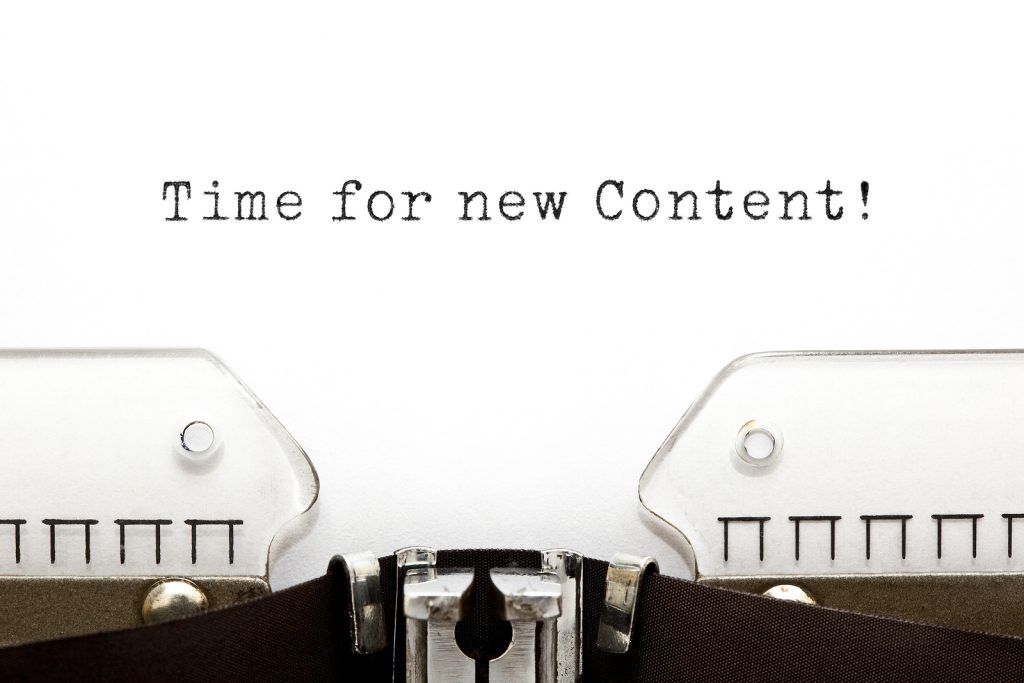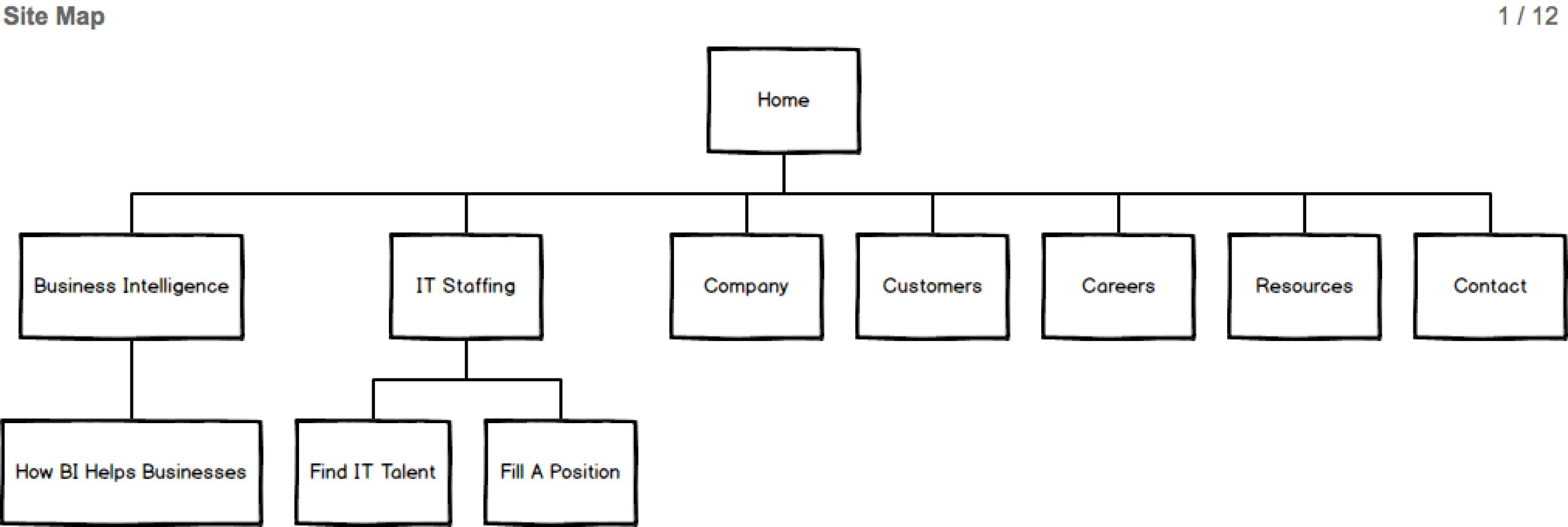Learning Hub | Content Marketing
How To Write Content For A Website
October 19, 2015 | Jon Teodoro

When you’re in the early stages of building a new website for your business, many of us jump the gun and start looking for website design inspirations right off the bat. That’s why its so easy to overlook another very important part of your website: the content.
Writing quality content that persuades your customers to buy your product or service is no easy task. A lot of planning is required to execute a proper content strategy for your website, so if you don’t have the time to invest into this, here’s our first bit of advice:
If You Don’t Feel Comfortable Writing, Work With A Pro
Regardless if you plan on working with an agency or building your own website, it is highly recommended that you work with a writing professional who is an expert in writing sales copy for the web. These people are called copywriters.
A copywriter can help you identify the voice and tone of your business, and match those attributes to your target audience. An experienced copywriter will also know how to ask you the right kinds of questions so that only the information most important to your audience shows up on your website. That way, you don’t end up rambling on about your two dogs, three cats, and pet ferret.
In addition to checking your grammar and spelling, a copywriter can provide you with a third party perspective of your business. By having another person write on your behalf, you can minimize the personal bias in your website’s content and present your business in a more objective manner.
Finally, a good web copywriter knows how content fits into the big picture. Copywriters who have had experience writing copy for the web can ensure that your website’s content doesn’t only fulfill your business objectives, but also flows with your design and user-experience standards as well.
If You Must Write Your Content Yourself..
You’ll need to identify and connect the following things together:
- Your target website audience(s)
- Your website’s information architecture
- Your target search queries and SEO strategy
- Your website’s marketing objectives
Your Audience Dictates Your Message
Would you talk to a kindergartener the same way you talk to your boss? Probably not. The same idea should be applied to your website’s content; the style, tone, and voice will need to change depending on who you are talking to.
For example, if you’re writing content for your restaurant’s website, and your restaurant’s target audience is mostly millennials, you probably don’t want to be writing paragraphs upon paragraphs of information. Clear, catchy, and concise content will do the job just fine.
On the other hand, if you are writing content for your manufacturing company’s website and you produce highly specialized parts for use in automotive plants, you’re probably going to need to write something more comprehensive. In this instance, your target audience would be engineers or some other kind of parts purchasing manager, so industry buzzwords and jargon could be acceptable. Just don’t go overboard with it.
Know What Pages You’re Writing & How They Work Together
An easy way to start planning out your website’s architecture is to compile a list of the most common questions that your customers usually ask during the buying process. Here are some really common ones:
- How do I contact you?
- How much do your products or services cost?
- How long have you been in business?
- What makes you different from your competition?
- Where are you located?
- What time are you open until?
Once you have an extensive list of questions, organize them by major topics. Make each major topic a top level page. These top level pages should be the items that appear in your main navigation.
Depending on how in-depth your sub-topics are, you can either present them as a dedicated section within your top level page content, or you can create a separate child page. Then, draw out a site map, similar to the one below:

As you can see, the top level pages answer the most basic questions in the following manner:
- How do I contact you? -> Contact Page
- Are you hiring? -> Careers page
- Who do you work with? -> Customers
- How long have you been open? -> Company
- Where can I learn more about your industry? -> Resources
When it comes to this business’ services (business intelligence and IT staffing), we’ve created a top level page for each individual service, and a child page dedicated to educating the website visitors on a deeper level if they want to learn more.
Optimize Your Content For Search
Early on in your content planning process you should already be thinking about the way people will be discovering your website. The best channel to obtain traffic through is organic search.
By assigning keywords to the inner pages of your website, along with writing highly relevant (and well-written) content related to those keywords, you greatly increase your chances of being discovered naturally.
Two tips while we’re on this subject:
- Make sure the keywords you are targeting get enough searches. If the search volume is on the lower end, make sure it is a keyword with high conversion intent. In in other words, make sure the keyword can predict if the visitor will take the desired action of your page.
- Research the competitiveness of each keyword. I prefer to use HubSpot or SEMRush for this task. If you’re selling basketball shoes, you’re going to want to stay away from the keywords that Nike pursues. Trust us, you’ll never win.
Make Sure Your Content Has A Goal
When you want people to perform a given action on your website, you need to explicitly tell them what to do. Don’t make them guess; the connection needs to be clear and obvious. You can achieve this by implementing a call-to-action.
A call-to-action is an obvious button, banner, image, or line of text that tells the user to do something. Some examples of calls-to-action are:
- A visual banner at the bottom of your page that says, “Click here for a free consultation”
- A button that says, “View our portfolio”
- A text link that says, “Download our eBook”
What your call-to-action says depends on what your end marketing goal is. If your marketing goal for a given page is to get them to contact you, a call-to-action saying “Click here for a free consultation” is ideal. If you’re a design agency and you want to show off your creative skills, a call-to-action telling them to “View our portfolio” would be best. You then could implement a “Click here for a free consultation” call-to-action on your portfolio page.
The idea here is that you don’t want to use the same call-to-action on every single page. You need to strategically place them where it makes the most sense. That’s why drawing out your architecture is a good idea; it allows you to play connect-the-dots and predict the flow of visitors through your website.
TL;DR
If you’re not savvy enough to write your own content, don’t plagiarize; hire a professional. If you plan on doing it yourself, you’ll need to thoroughly understand your audience to know what tone and style to use when composing your content. You’ll also need to map out your website’s architecture, set marketing goals for your content, and ensure you are using SEO best practices at all times.
[sc:30tipscta]
